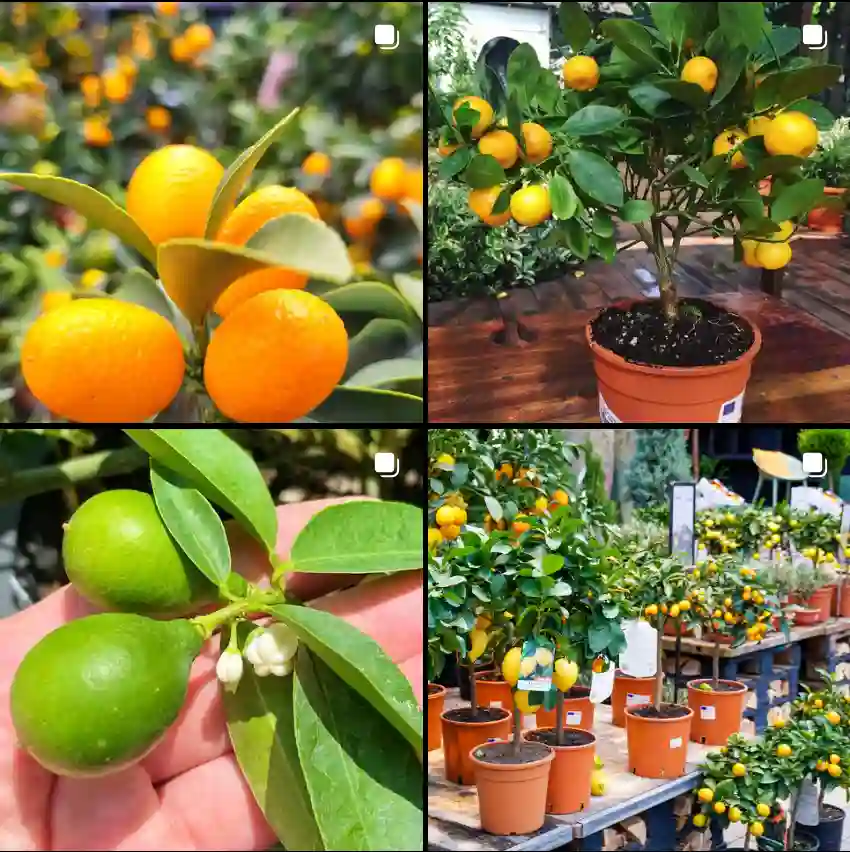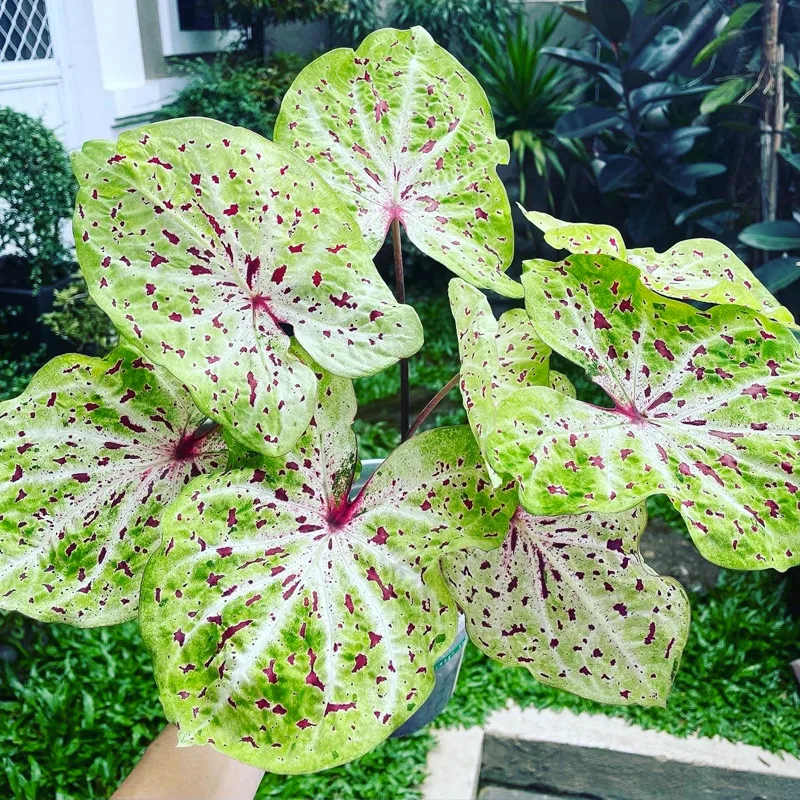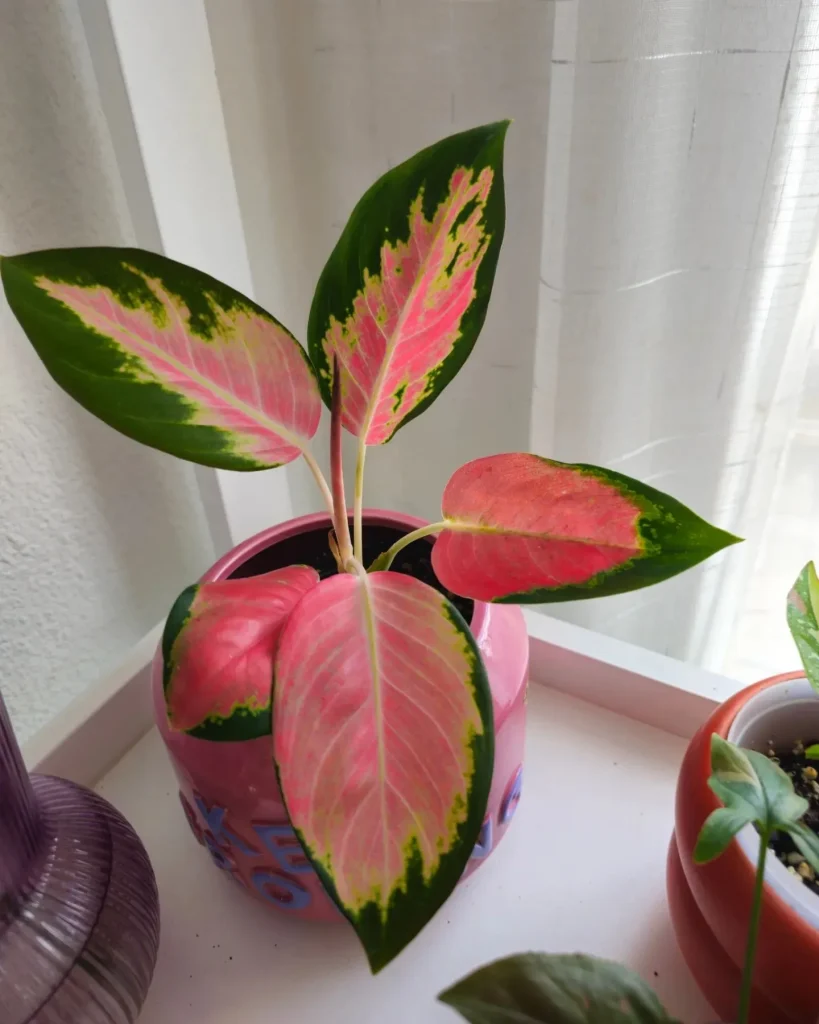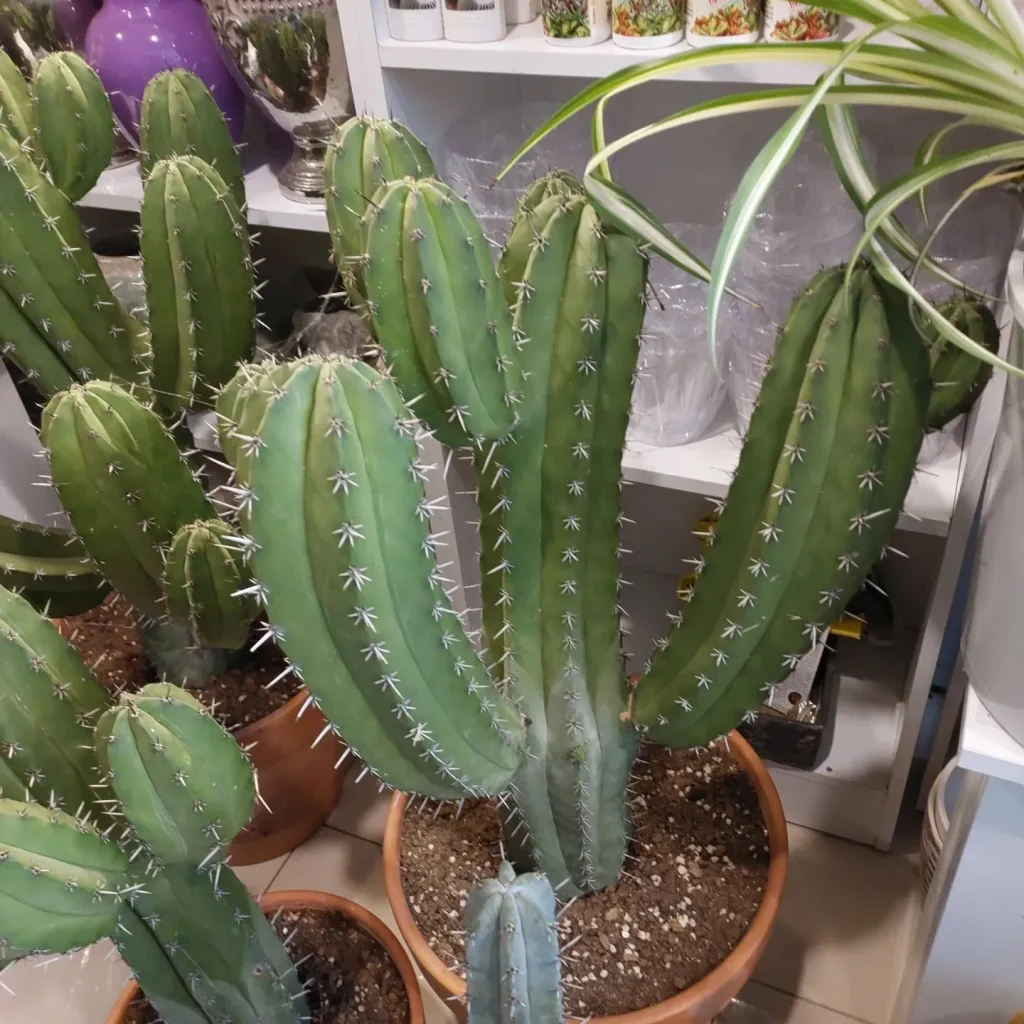Nerine: A Love Affair with the Guernsey Lily
My name is Ferb Vu, and I have a confession. I’m utterly captivated by Nerine. These aren’t your typical lilies; they possess a unique charm that sets them apart in the world of flowering bulbs. Often called “Guernsey Lilies” or “Spider Lilies,” Nerines boast vibrant, spidery blooms that bring a touch of exotic beauty to any garden.
My fascination with Nerine began innocently enough. I stumbled upon a cluster of them at a local flower show, their delicate petals shimmering in the afternoon sun. The striking resemblance to lilies caught my eye, but there was something more, a subtle difference that piqued my curiosity. It was the intricate, almost feathery texture of the petals, and the way they reflexed back from the flower’s center, giving it that characteristic “spider” look. From that moment on, I was hooked.
Unveiling the Beauty of Nerine
Nerine belongs to the Amaryllidaceae family, closely related to Amaryllis and Lycoris. Native to South Africa, Lesotho, and Swaziland, these bulbous perennials thrive in rocky and arid environments. Their resilience and adaptability are a testament to their South African heritage, where they’ve learned to flourish in harsh conditions.
What truly distinguishes Nerine is its diversity. With over 20 recognized species, each with its own unique characteristics, there’s a Nerine for every taste. Some flaunt broad, strap-like leaves, while others possess slender, almost grass-like foliage. The flowers themselves come in a breathtaking array of colors, from the purest white and softest pink to fiery reds and deep crimsons.
- Nerine bowdenii: Perhaps the most well-known species, renowned for its vibrant pink flowers and late-blooming nature.
- Nerine sarniensis: The original “Guernsey Lily,” boasting fiery red flowers and a rich history tied to the Channel Islands.
- Nerine undulata: Distinguished by its narrow, wavy petals and delicate appearance.
- Nerine filifolia: A charming species with slender leaves and masses of dainty pink flowers.
- Nerine humilis: Known for its variable flower colors and compact growth habit.
- Nerine masoniorum: A rare and exquisite species with large, trumpet-shaped flowers.
- Nerine angustifolia (Baker) W.Watson
- Nerine appendiculata Baker
- Nerine filamentosa W.F.Barker
- Nerine filifolia Baker
- Nerine frithii L.Bolus
- Nerine gaberonensis Bremek. & Oberm.
- Nerine gibsonii K.H.Douglas
- Nerine gracilis R.A.Dyer
- Nerine hesseoides L.Bolus
- Nerine krigei W.F.Barker
- Nerine laticoma (Ker Gawl.) T.Durand & Schinz
- Nerine macmasteri G.D.Duncan
- Nerine marincowitzii Snijman
- Nerine pancratioides Baker
- Nerine platypetala McNeil
- Nerine pudica Hook.f.
- Nerine pusilla Dinter
- Nerine rehmannii (Baker) L.Bolus
- Nerine ridleyi E.Phillips
- Nerine transvaalensis L.Bolus
- Nerine × versicolor Herb.
Cultivating Nerine: A Rewarding Endeavor
While Nerine may seem exotic, they’re surprisingly easy to grow, especially in climates with warm, dry summers. Well-drained soil and plenty of sunshine are the keys to their happiness. Plant the bulbs in autumn, with their necks just above the soil surface, and watch them come to life in the spring.
One of the most rewarding aspects of growing Nerine is witnessing their resilience. They require minimal watering, and once established, can tolerate periods of drought. This makes them an ideal choice for gardeners seeking low-maintenance yet stunningly beautiful plants.
Nerine: More Than Just a Pretty Face
Beyond their ornamental value, Nerine holds a special place in my heart. Their delicate beauty belies a strength and tenacity that I find truly inspiring. They remind me that even in the harshest environments, life finds a way to flourish.
Whether gracing a flower bed, adorning a vase, or simply capturing my attention with their intricate beauty, Nerine has become an integral part of my gardening journey. I eagerly anticipate each autumn, when their vibrant blooms emerge, signaling the arrival of a season filled with color and wonder.
If i die, water my plants!



